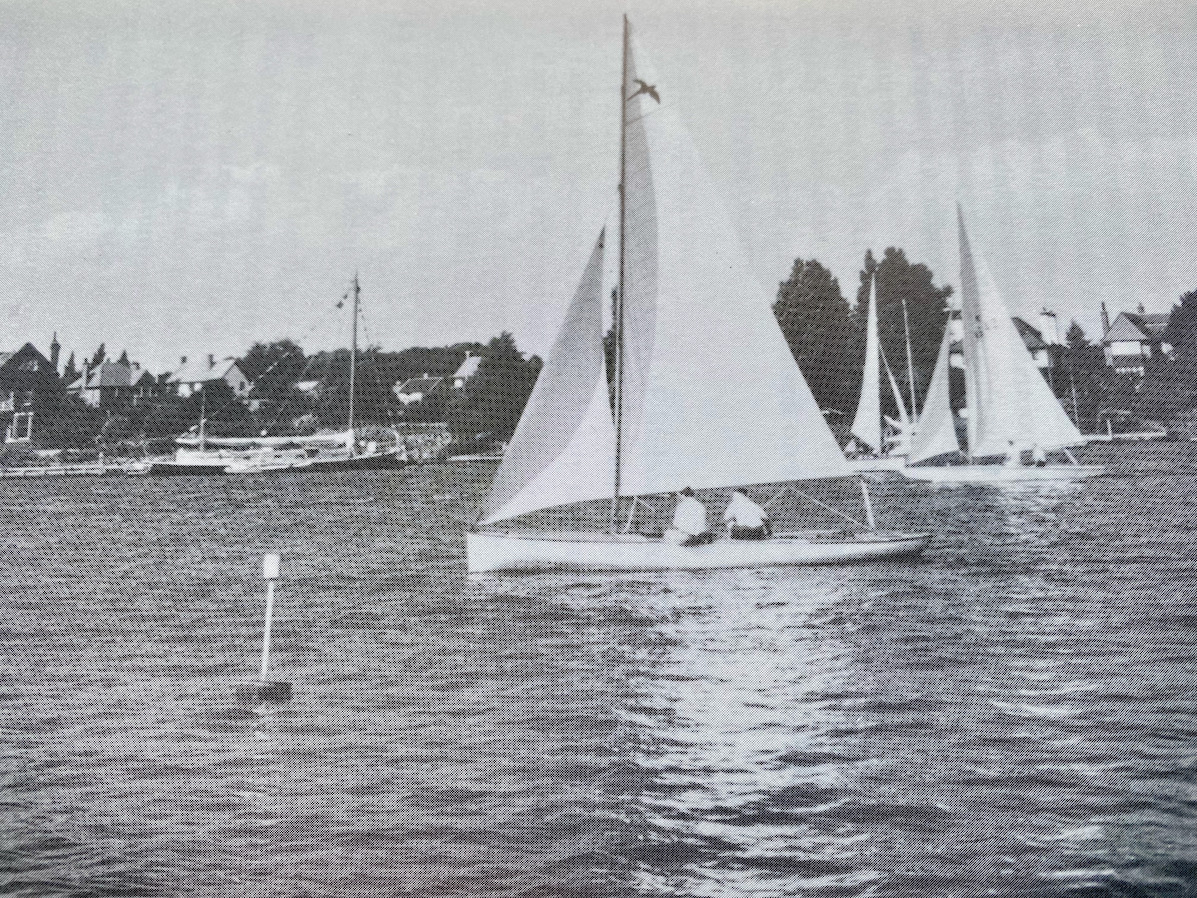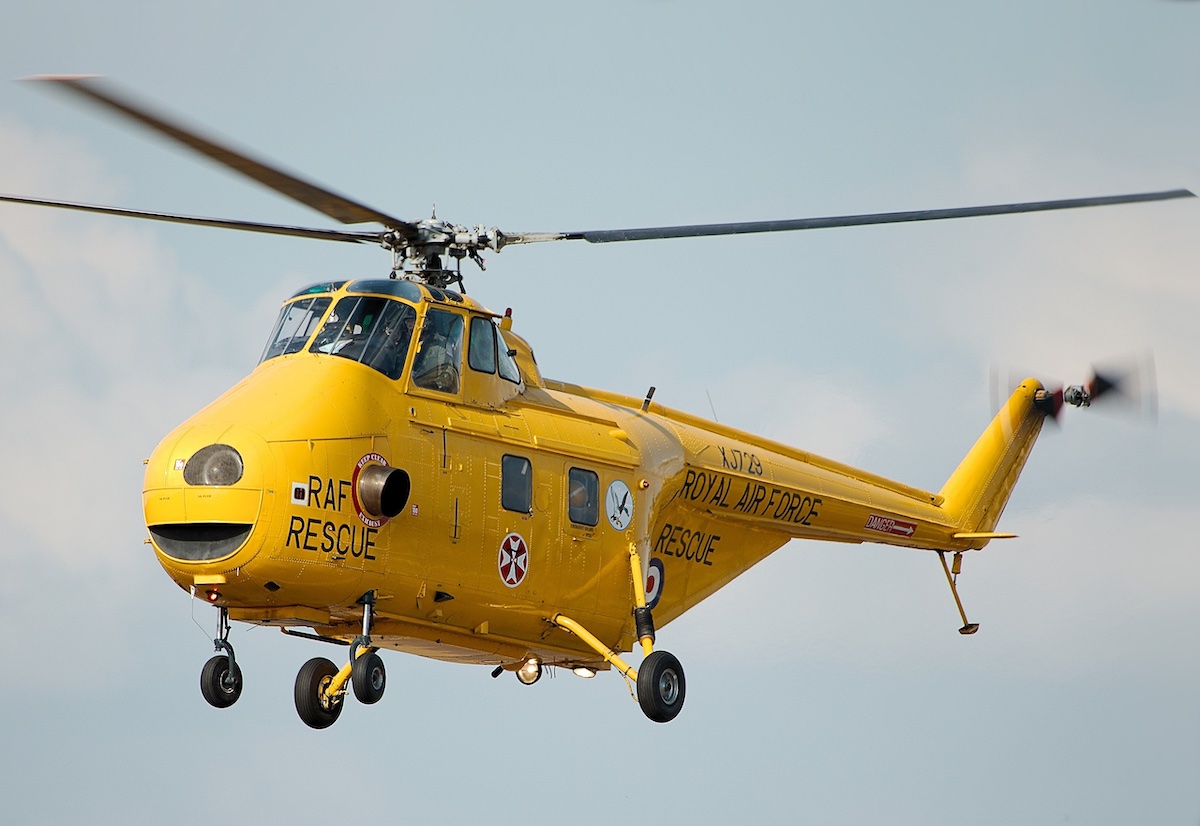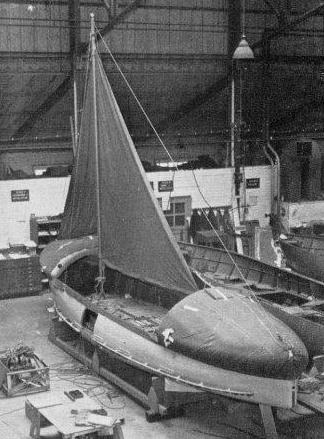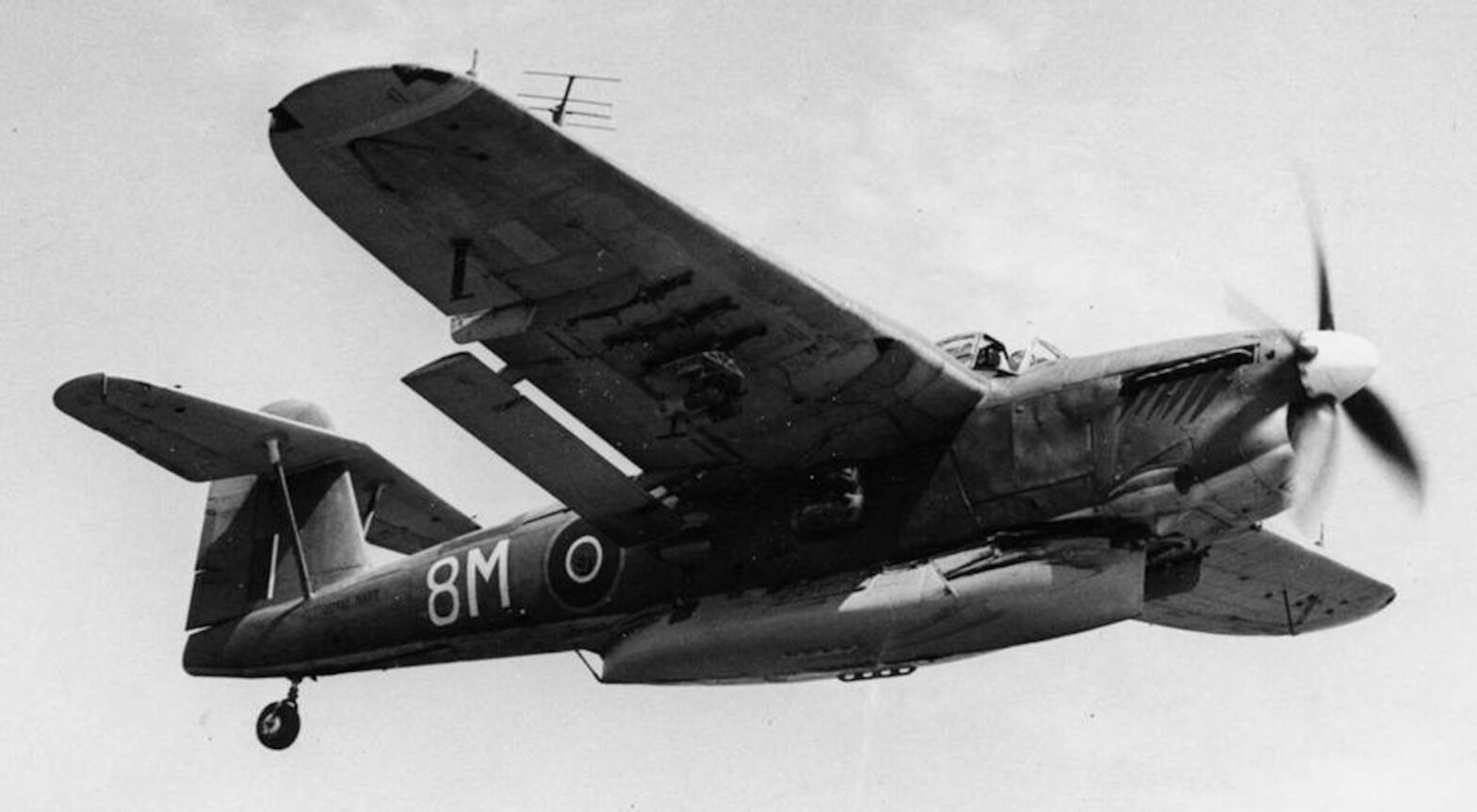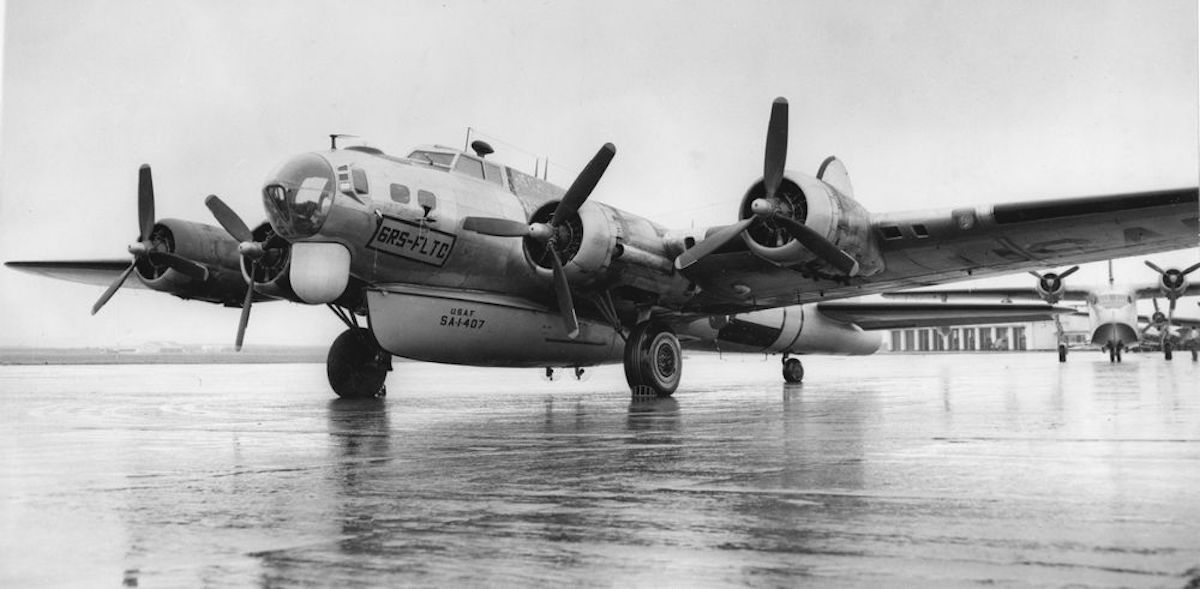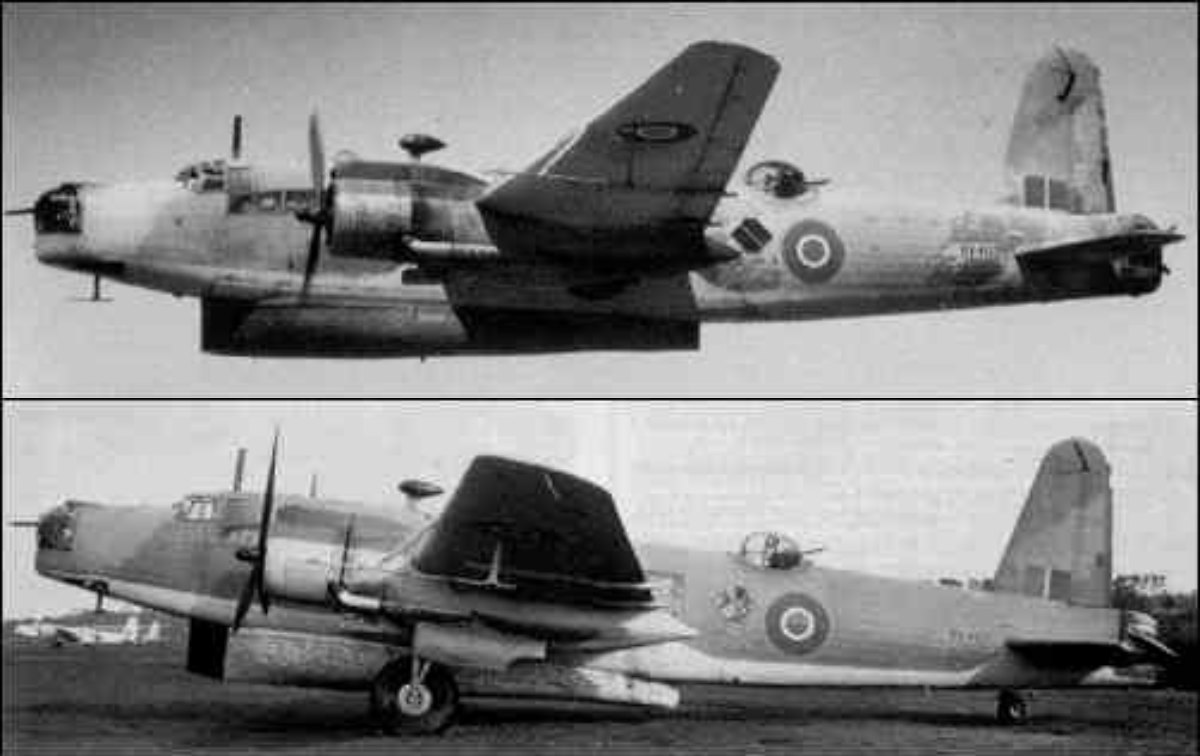In the years after the end of the war surviving lifeboats were disposed of by the Air Sea Rescue service. Many were converted to pleasure use with the Royal Air Force Sailing Association in the UK and around Europe. A good number of these were later sold into private use. The Mark I/IA in particular… Continue reading Lifeboats live on as affordable yachts
Category: Timeline
Helicopters effectively replace marine craft
In the 1950s helicopters like the Westland Whirlwind began to replace fixed wing aircraft and launches for rescue services thanks to their ability to hover to recover survivors. The superiority of helicopters was cemented in the 1960s with the Wessex and Sea King and they took over completely from airborne lifeboats.
Mark III design developed by Saunders Roe, Beaumaris
The wooden Mark I and Mark II hulls suffered in mediterranean and tropical climates so an alloy hull was designed. The Mark III was to be fitted to Shackletons, much larger than the Warwick which enabled them to be larger. Although fifty hulls were produced they were not used operationally..Mark III Airborne Lifeboat fitted with… Continue reading Mark III design developed by Saunders Roe, Beaumaris
ASR focus moves from the South to Scotland.
Shift in ASR Focus from the South to Scotland to support large-scale anti shipping campaign. Supported by 279 Squadron at Thornaby, Teeside..Map?
Mark RN-1. The Fleet Air Arm experiment with an 18′ lifeboat on a Fairey Aviation Barracuda
One of a number of designs eminating from Uffa’s yard after the Mark I design was complete. Most were not taken forward but the Royal Navy did have a boat, RN-1, to a 17’6″ design built to trial on their Fairey Aviation Barracudas. It had to be smaller than the Mark I to fit the… Continue reading Mark RN-1. The Fleet Air Arm experiment with an 18′ lifeboat on a Fairey Aviation Barracuda
Alternative ‘Mark II’ designs in moulded plywood evaluated
Vosper and Merrom both designed and trialled moulded ply hulls during 1944. The Merron boat trials were extensive and initially favourable. Ten boats were ordered but the design was dropped after trials in 1945.
The A-1 lifeboat has been fitted to 14 American aircraft.
The USAAF created their own design with input from the RAF and Uffa. The first operational design was the A-1 and it was followed up by a series of bigger designs, mainly after the war. This site does not really deal with the US airborne lifeboats in any detail. By the end of 1944 fourteen… Continue reading The A-1 lifeboat has been fitted to 14 American aircraft.
ASR demand decreases after D-Day
After D-Day ASR demand starts to decrease thanks to operations moving inland on the Continent. This enabled 276 Squadron to move to the Continent to supply a local service..
Mark II built for Warwicks and later Mark IIa for Lancasters
The Mark II Airborne Lifeboat was six feet longer than the Mark I, taking advantage of the larger Warwick. Although fundamentally the same conceptually it had larger carrying capacity and incorporated detail improvements from experience with the Mark I. One of the most obvious was to place the propeller in a tunnel. This increased ground clearance… Continue reading Mark II built for Warwicks and later Mark IIa for Lancasters
Mark I trialled on American planes
The USAAF were interested in the Airborne Lifeboat and some early trials were made with the Mark I, supported by Uffa Fox. Several lifeboats were sent to USA from which the American A-1 lifeboat was developed. This began a series of US lifeboats for their planes.
